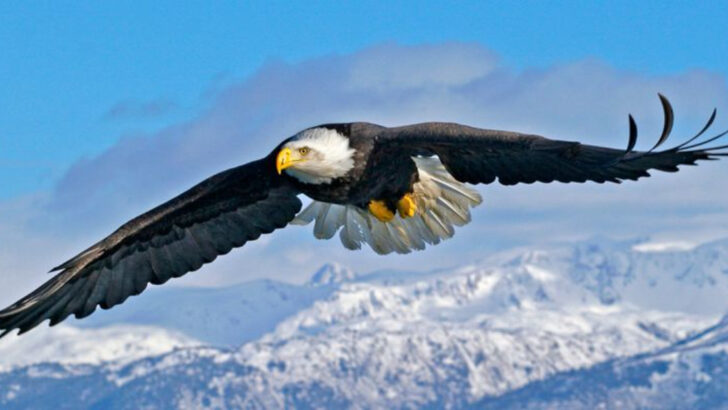We didn’t invent flight—we borrowed it.
Long before engines roared and jet fuel burned, birds were already masters of the sky.
Humans watched, obsessed, and copied. From the arc of an eagle’s wing to the tail feathers of a swallow, nearly every part of a plane carries a whisper of nature’s original flyers.
Birds don’t just fly—they perform. They dive, hover, soar, and twist with breathtaking precision. Engineers took notes, and what followed was nothing short of mechanical mimicry.
This post reveals ten jaw-dropping ways birds have shaped the machines we send into the skies. If you thought planes were a product of pure human genius—think again. Nature beat us to it.
Albatross Wingspan
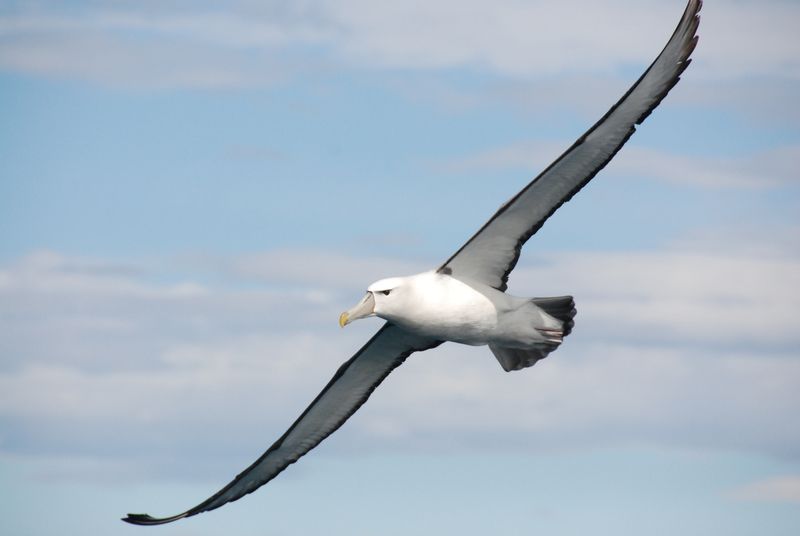
Albatrosses are known for their enormous wingspans that provide exceptional gliding capabilities. These birds can travel vast distances with minimal energy expenditure. The wings of an albatross are long and narrow, reducing drag and allowing for dynamic soaring.
This efficient design inspired engineers to create wings that maximize lift while minimizing fuel consumption. The albatross’s ability to harness wind currents is mirrored in the wing designs of long-haul aircraft.
Did you know? The wandering albatross holds the record for the largest wingspan of any living bird, reaching up to 11 feet.
Hummingbird Hovering
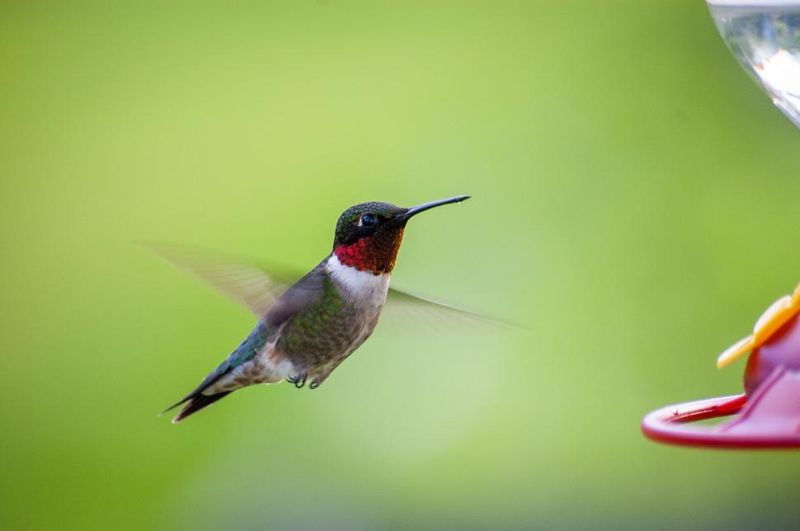
Hummingbirds are nature’s helicopters, capable of hovering in place with incredible precision. This feat is achieved through rapid wing flaps, creating lift on both upstrokes and downstrokes.
Aircraft engineers have replicated this technique in the design of rotary-wing aircraft, like helicopters. The hummingbird’s ability to sustain hover inspired advances in drone technology.
Fun Fact: Hummingbirds can flap their wings up to 80 times per second, allowing them to remain motionless in mid-air as they feed on nectar.
Peregrine Falcon Speed
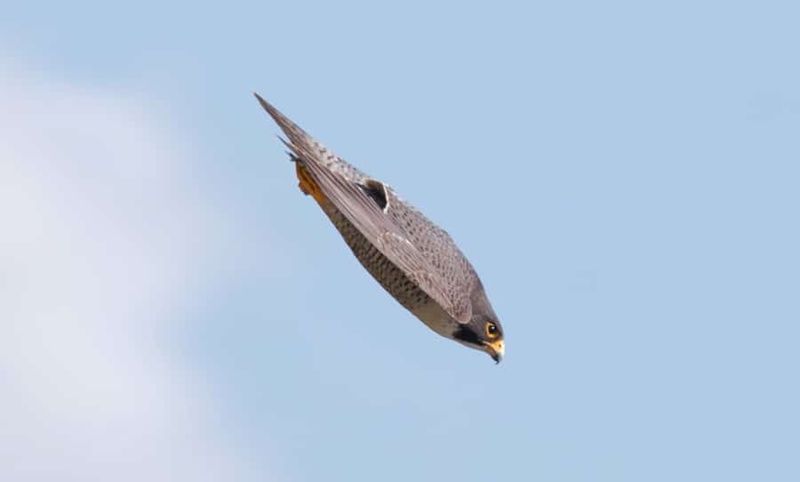
The peregrine falcon is the fastest bird, reaching speeds over 240 mph during its hunting stoop. Its streamlined body and pointed wings minimize air resistance, enabling such remarkable velocity.
This natural engineering marvel has influenced the design of high-speed jets and missiles. The concept of reducing drag through shape has become a cornerstone in aerodynamics.
Intriguing Insight: The falcon’s unique nostril structure allows it to breathe easily at high speeds, a feature mimicked in jet engine design.
Owl Silent Flight
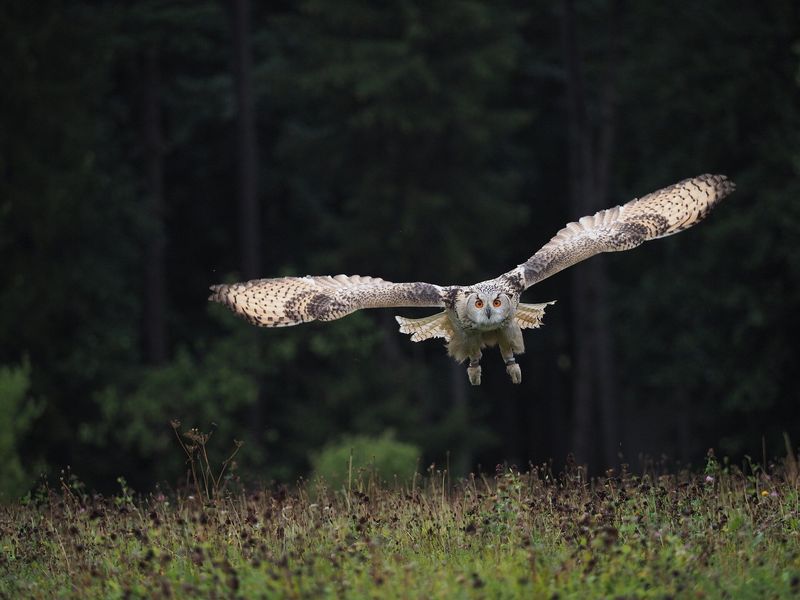
Owls are masters of stealth, flying silently to sneak up on prey. This is achieved through specialized feathers that reduce sound by disrupting turbulence.
Aircraft manufacturers have studied owl feathers to develop quieter planes. This bio-inspired design reduces noise pollution from aircraft engines.
Did you know? The fringed edges of an owl’s feathers break up turbulence into smaller currents, muffling sound, a feature that’s become crucial in designing quieter wind turbines and aircraft.
Eagle Lift and Control

Eagles possess a perfect balance of strength and control, easily riding thermal currents. Their broad wings and acute control allow for impressive maneuvers and sustained flights.
This natural proficiency has influenced the design of fighter jets, which require both power and precision. Engineers have emulated the eagle’s flight dynamics for improved stability and control.
Interesting Tidbit: Eagles can spot prey over two miles away while maintaining control, a testament to their exceptional flight capabilities and vision.
Swan V-Formation
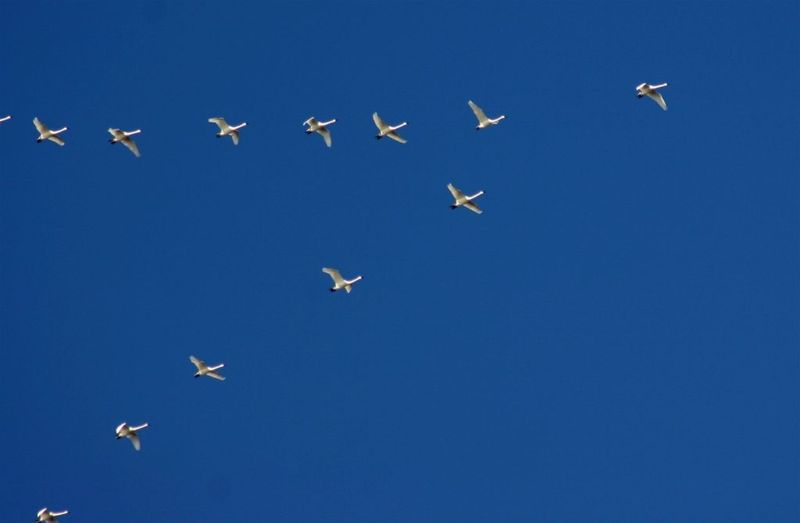
Swans are known for their elegant V-formations during long migrations. This formation reduces air resistance for trailing birds and conserves energy.
The V-formation has inspired flight strategies in both military and civilian aviation, optimizing fuel efficiency and range. This formation allows aircraft to travel further with reduced energy.
Did you know? Each bird in the V-formation takes turns at the front, sharing the workload and benefiting the entire group, a strategy adopted by pilots in formation flying.
Vulture Thermal Soaring
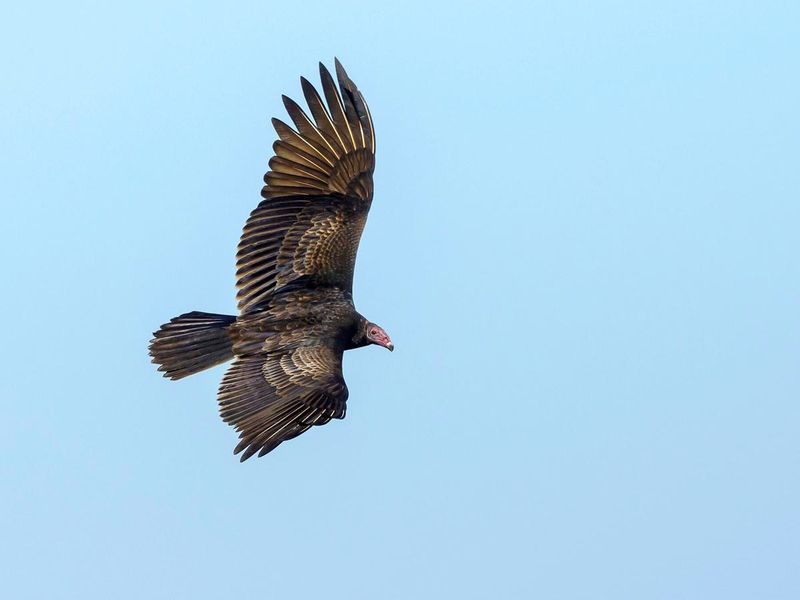
Vultures, with their majestic soaring, utilize thermal updrafts to travel long distances without flapping their wings. This efficient energy-saving technique has inspired the design of aircraft that use thermal currents for gliding, thereby conserving fuel during flight.
By studying vultures, engineers have enhanced the design of gliders and unmanned aerial vehicles (UAVs), incorporating systems that detect and utilize thermal updrafts to maintain elevation. This allows for extended flight times and reduced energy consumption.
In fact, the vulture’s ability to soar effortlessly on thermals provides crucial insights into sustainable flight technologies, pushing the boundaries of what’s possible in aviation innovation.
Swallow’s Agile Maneuverability
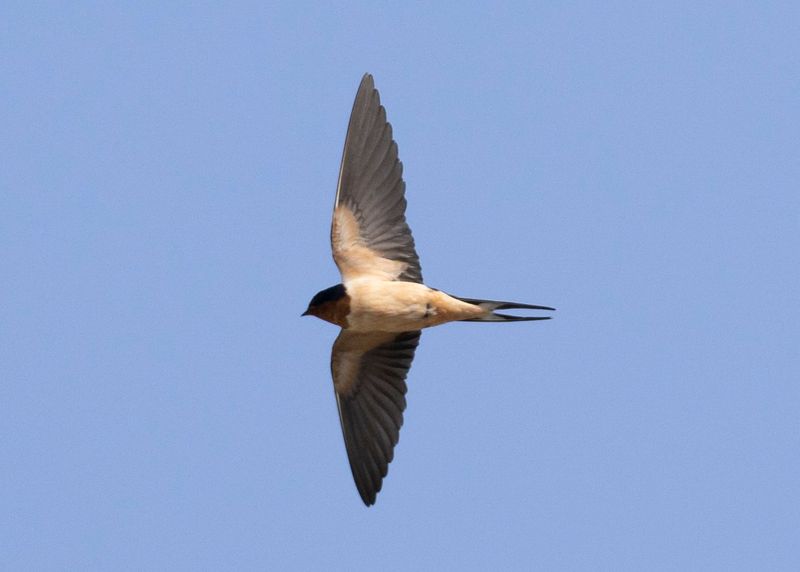
Considered the acrobat of the sky, the swallow exhibits unparalleled agility during flight. Its slender body and forked tail allow it to navigate tight spaces and make sharp turns with ease.
Engineers study these flight patterns to improve aircraft maneuverability, enabling planes to perform agile maneuvers in complex airspaces.
This inspiration is crucial for designing military and stunt aircraft, where precision and control are paramount. Did you know? Swallows can catch insects mid-air due to their deft flying skills, a feat that continues to captivate scientists and engineers alike.
Gannet’s High-Speed Dive
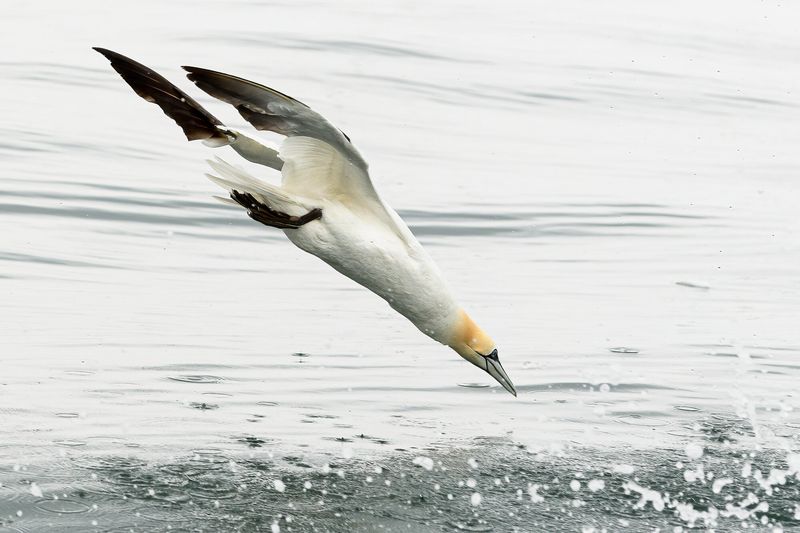
The gannet’s high-speed dive is a marvel of natural aerodynamics. As it spots prey from above, the bird tucks its wings and streamlines its body for a rapid descent.
This diving technique minimizes air resistance and maximizes speed, reaching up to 60 miles per hour.
Aviation experts have adapted this streamlined form to improve aircraft efficiency and speed, particularly in steep dives. Fascinatingly, gannets have special air sacs to cushion the impact with water, a feature that highlights nature’s ingenuity.
Condor’s Energy-Efficient Gliding
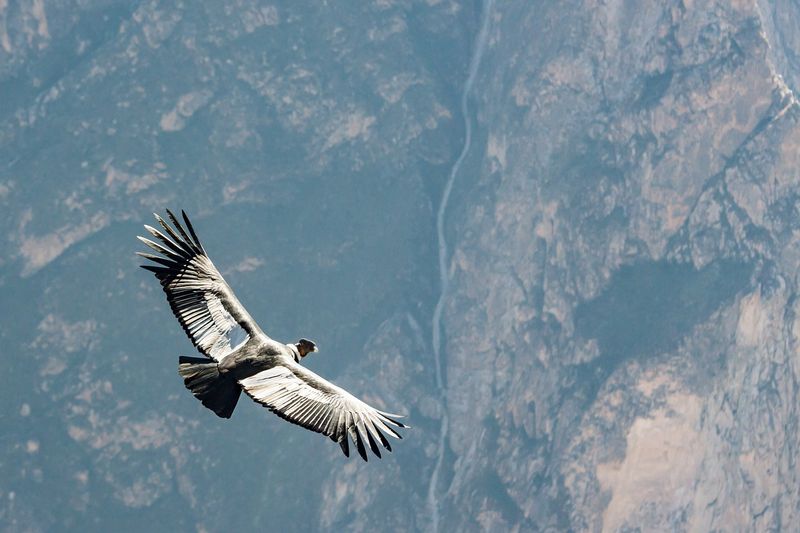
The condor, with its massive wingspan, exemplifies energy-efficient flight. Gliding gracefully over rugged terrains, it uses thermal updrafts to soar without flapping its wings.
This method of sustained flight conserves energy, serving as a model for designing fuel-efficient aircraft.
By mimicking the condor’s technique, engineers aim to develop planes that require less fuel while covering long distances. Interestingly, the condor can travel hundreds of miles in a single day, demonstrating nature’s remarkable efficiency in motion.

